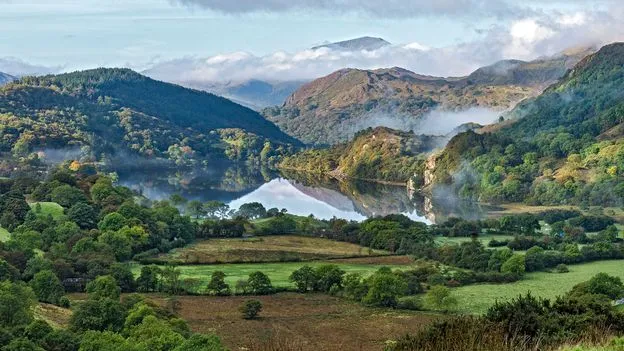F
For proof, you only need look at the 15 national parks found across England, Scotland and Wales (there are no national parks currently in Northern Ireland), which change dramatically from the towering peaks of the Cairngorms to the sprawling waterways of the Broads, from the gently rolling South Downs to the broad beaches of the Pembrokeshire coast.
This year is the 75th anniversary of the National Parks and Access to the Countryside Act 1949, which led to the creation of the UK’s national parks, starting with the Peak District in 1951. The visionary legislation secured access-for-all to open countryside, while also serving to protect precious wildlife and places of immense natural beauty.
A concept imported from the United States (Yellowstone, established in 1872, was the world’s first national park), the UK’s national parks were “the culmination of political battles that had been fought for decades”, says Carey Davies, hiker, naturalist and author of the new book National Parks Of The United Kingdom (Ithaka Press). “The Industrial Revolution made the British the world’s first predominantly urban population. It’s vital that people have breathing spaces and retain our connections to the land. But the idea that nature is good for people and that people needed access to the countryside was particularly pronounced after the UK had been through the horrors of World War Two. There was an exhausted population. Britain can feel like a crowded place in our cities but national parks can be oases of calm and space.”
This is the best summary I could come up with:
“They’re also refuges for rare wildlife, plants and distinctive habitats, and they have a vital role to play in addressing some of the most pressing challenges our country faces, such as biodiversity loss, climate change and wellbeing,” says Davies.
Sedate boat cruises on lakes including Windermere, Ambleside and Ullswater are the order of the day, though wild swimming and stand-up paddling are livelier, more up-close options.
The park can get busy and congested, especially in summer, but at 2,362sq km and with plenty of peaks that coach tours can’t reach, it’s possible to find seclusion and perhaps inspiration for your own poem or story.
“The Cairngorms has enormous whale-back granite mountains that form a kilometre-high plateau, one of the UK’s most hostile landscapes, with winds that can reach 170 mph,” says Davies.
Pembrokeshire is home to remarkable birdlife, especially the islands of Skomer, Grassholm and Ramsey, which teem with Manx shearwaters, puffins, guillemots, razorbills and gannets, while colourful kelp forests and abundant marine life can be found underwater in rocky coves.
Located in England’s south-east corner, the Broads doesn’t have towering peaks but there’s a special kind of beauty to this vast network of lakes, rivers, fens and marshes and semi-submerged woodland.
The original article contains 1,561 words, the summary contains 201 words. Saved 87%. I’m a bot and I’m open source!



